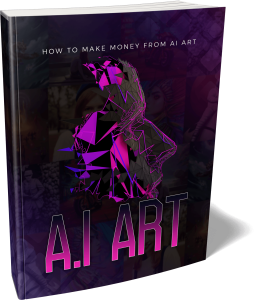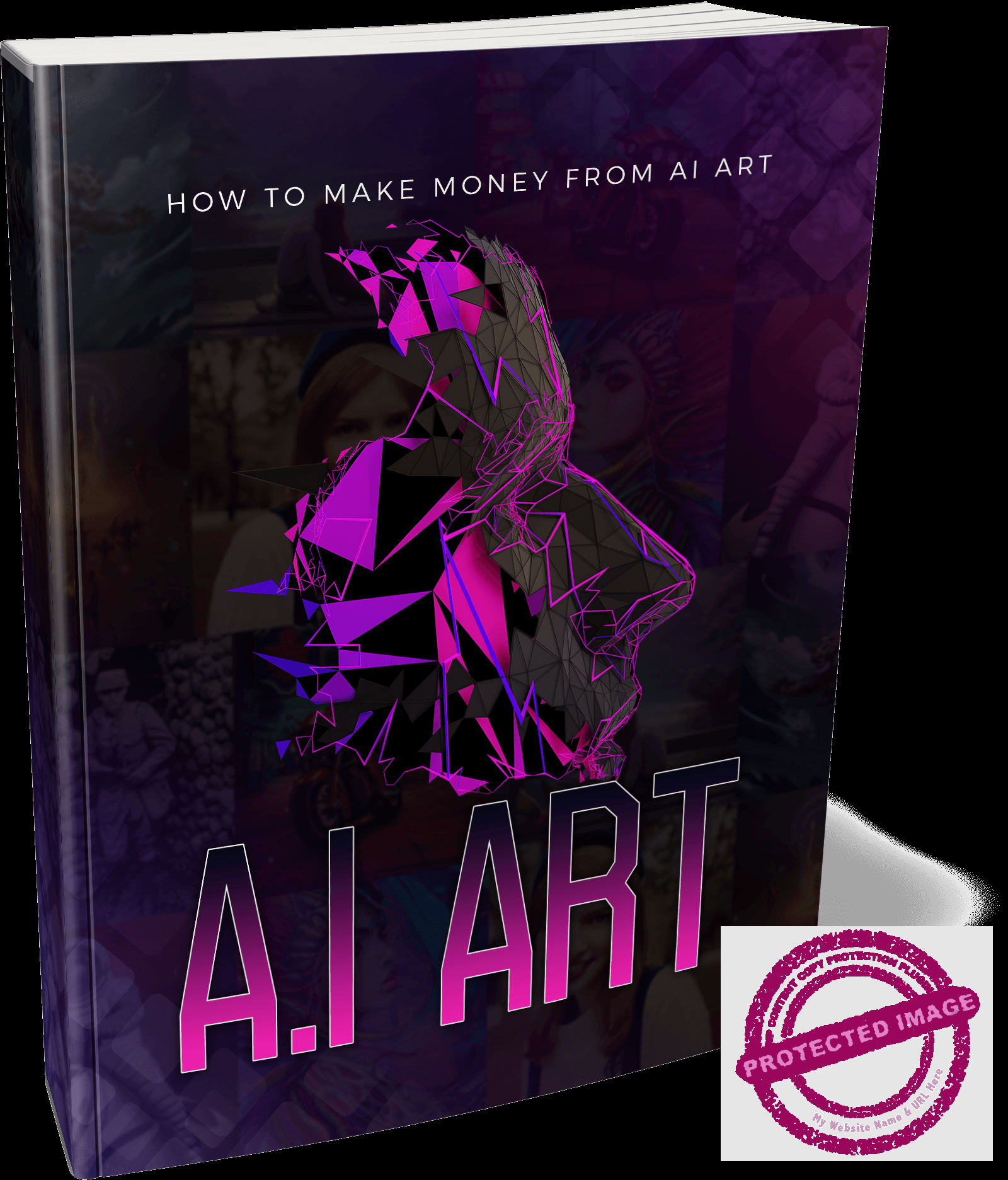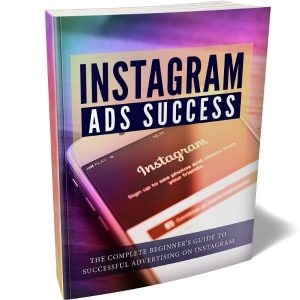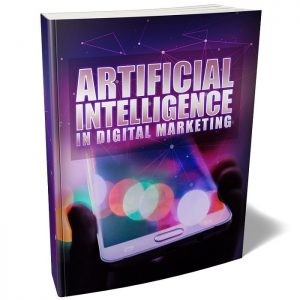Description
 What Is AI Art?
What Is AI Art?
New technology has the potential to change almost every industry. The art world is no different, with artificial intelligence and machine learning set to transform how artists create, curate and exhibit.
Artificial intelligence (AI) is a computer science technique that enables digital devices to simulate human behavior so that they react to new information or inputs as if they are thinking and acting like humans.
AI can be used to expose hidden meanings in artworks, make art look more human, and even create convincing forgeries. In this article, we’ll explore everything you need to know about AI art – from its history to its current uses.
AI Art Explained
Art that incorporates or is created by artificial intelligence. AI is increasingly used by artists to create new works and analyze existing ones. AI-based artworks often use machine-learning algorithms to analyze large datasets and then create art that reflects this data. However, AI-based art can be more than just a visual representation of data.
AI could also be used to create data-driven art that triggers or responds to human input in unique ways. You can create AI art in different ways. Some artists use AI as a tool for their creative process, while others create their artwork using AI from the outset.
How does AI Art work?
Artificial intelligence is increasingly being used to create art that looks indistinguishable from human-made works. AI can be used to generate art based on data or to create forgeries of existing artworks.
Examples of AI-based art include:
* Generative artwork – These are computer-generated visual artworks that are algorithmically created based on existing data. Artists can use existing datasets to create their own generative artwork, or they can create their own data-driven algorithm to generate art.
* AI-assisted artwork – AI-assisted artwork involves human artists using machine-learning software to aid and augment their creative process.
* AI-generated forgeries – AI can be used to digitally manipulate images and videos to make them look like real artworks. This can be used to create forgeries that can be difficult to identify as fake.
The Evolution of Artificial Intelligence and Art
While AI art is a relatively new phenomenon, its history can be traced back to the 1960s. In 1967, a computer program named M-Branched created its own abstract art, which was displayed at an exhibition in New York City. A watershed moment for AI art came in 1996 when a computer program called DeepDream was created.
This software could be trained to recognize objects in images and then modify these images by applying visual filters. In the 2000s, AI was used to make visual art instead of simply helping artists with their creative process.
Artificial intelligence has become increasingly advanced and integrated with technology, leading to more advanced AI artworks. This has mobilized artists to collaborate with machine-learning software and create AI art that is visually compelling.
Other Ways AI can be used in the Art World
There are many ways in which art and AI are converging. In addition to creating original art, AI can also be used to:
* Analyze artworks to uncover hidden meanings and patterns in images, such as finding visual metaphors in the artwork.
* Authenticate artworks and identify works that are likely to be forgeries.
* Generate new poetry or literature inspired by existing artworks.
* Create interactive art, such as virtual reality experiences.
* Curate exhibitions and assist museum staff with tasks such as identifying forgeries and arranging exhibits.
Conclusion
AI art is still in its infancy, but it’s already created unique, mesmerizing pieces of art that are unlike any other we’ve seen before. As more people explore the potential of AI and advanced machine learning, we’ll see art as we’ve never imagined before.





Reviews
There are no reviews yet.